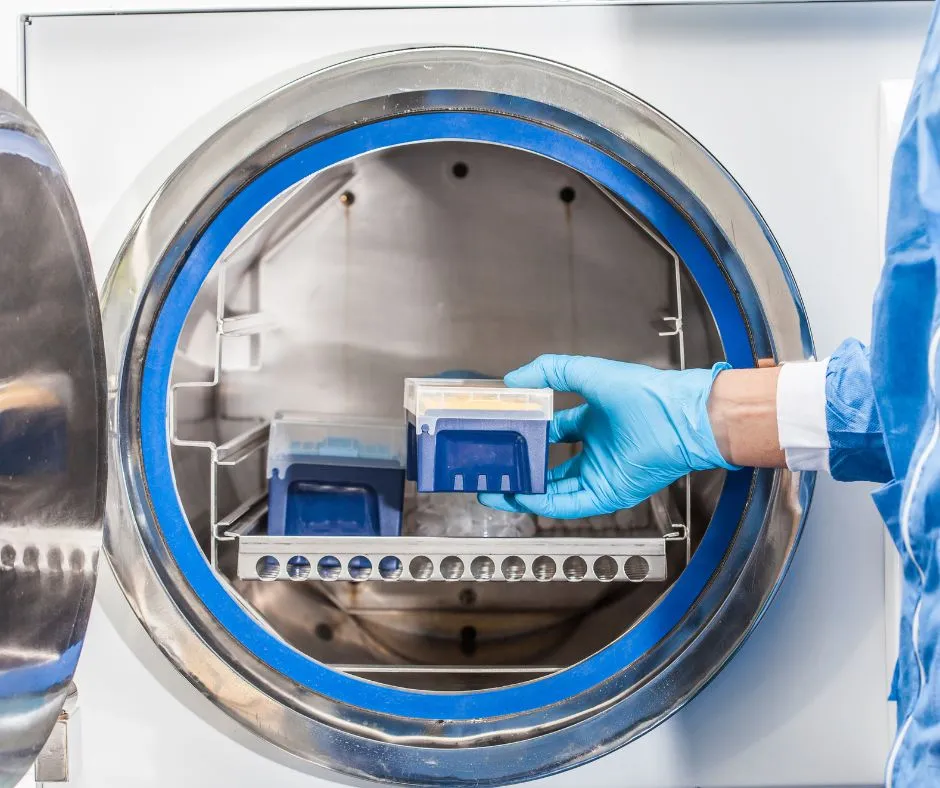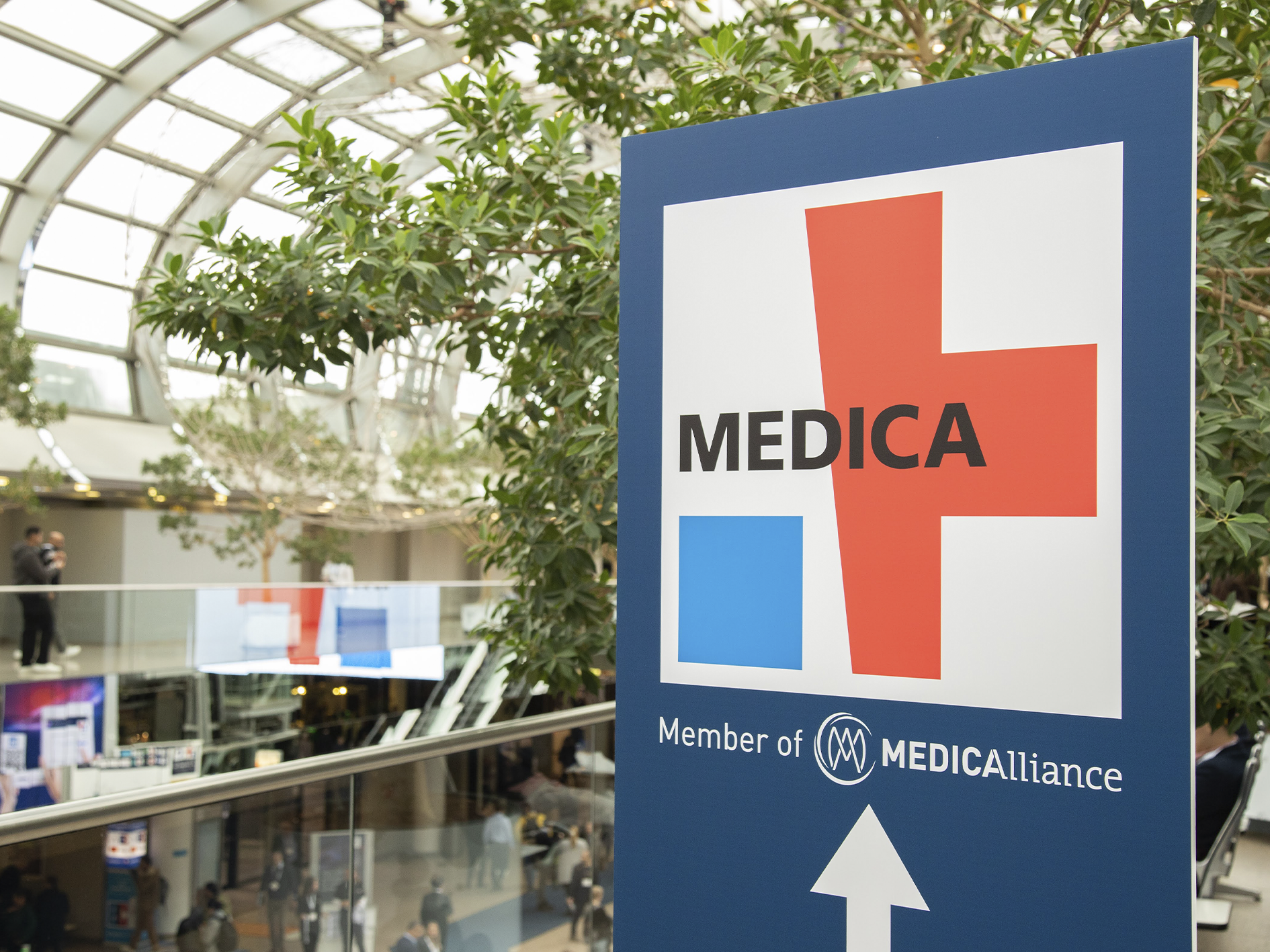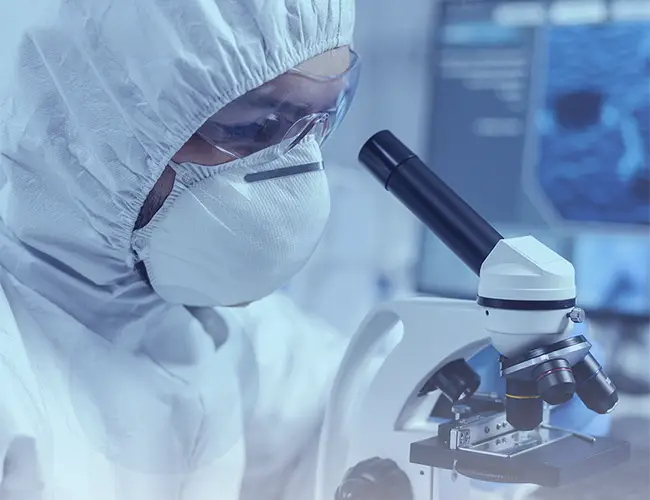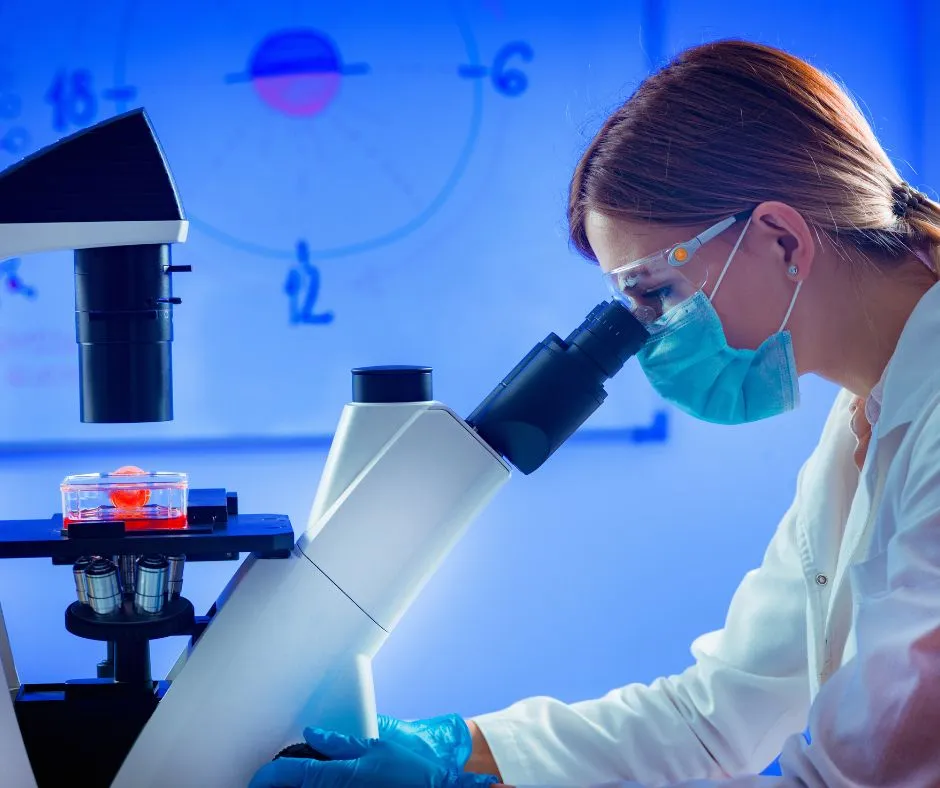Managing in an efficient way the process of hospital sterilization is extremely important to ensure, both the patient’s safety and the medical procedures’ efficiency. This meticulous process not only minimizes the risk of infections associated with healthcare but also contributes meaningfully to the quality and excellence of healthcare provisions.
Because of that, the adoption of rigorous and efficient sterilization practices is imperative to the medical-hospital contemporaneous scenario, where the search for patient safety and clinical efficiency walks side by side with innovation and professional responsibility.
Preparation of the Materials
Before starting the sterilization process, it is of great importance to ensure a profound cleaning of the medical-hospital instruments and equipment, in order to eliminate any organic residue or strange material that may compromise the efficiency of the sterilization. This cleaning stage can be performed through many methods:
- Mechanical: such as vigorous brushing, which is fundamental, especially to materials with hard-to-access areas. The brushing must be conducted with the aid of soap and brushes in different formats, which allow reaching every corner and recess of the instrument. The brushes utilized must also pass through a cleaning and disinfection process after each use.
- Physical: like the usage of ultrasonic devices that help in the removal of adherent organic matter through sonic waves that create micro-currents that remove dirt.
- Chemical: like the employment of enzymatic-detergent solutions that affect in the breaking of organic matter, easing its removal. The enzymatic solutions are efficient in breaking proteins, fats, and other residues, while the descalers help to remove mineral deposits and other inorganic residues. Besides that, anti-rust solutions may be used in metallic materials and instruments, to prolong their lifespan.
It is important to highlight that professionals involved in the cleaning of materials must use equipment for individual safety, such as hard rubber gloves, masks, and protection glasses, to ensure their safety during the handling of the instruments. After the cleaning, the materials must be properly washed and dried, preparing them for the sterilization process.
Choosing the Sterilization Method
Selecting the proper method of sterilization is based on the type of material to be sterilized. The materials can be categorized as critical, semi-critical and non-critical, depending on the contact with the body tissues.
| Material Category | Description | Examples | Recommended sterilization method |
| Critical Materials | Get into contact with outer tissues or vascular systems | Surgical instruments, implants, catheters | Humid Heat (Vapor), Dry HEat, Radiation, Ethylene Oxide |
| Semi-critical Materials | Get into contact with mucose and non-intact skin | Endoscopes, Probes | Humid Heat (Vapor), Ethylene Oxide |
| Non-Critical Materials | Têm contato apenas com a pele intacta. | Esthetoscopes, Hospital beds | High-Level disinfection or Humid Heat (Vapor) |
Parameters Monitoring
The monitoring of parameters during the sterilization process is a crucial step in ensuring that the ideal conditions are met and maintained, ensuring, therefore, an efficient and sage sterilization. The main parameters to be monitored include:
- Temperature: The adequate temperature is essential to ensure the efficient elimination of microorganisms, such as, the sterilization by humid heat (vapor) generally is realized at a temperature between 121°C and 134°C. A precise monitoring of the temperature during the whole process is crucial to ensure the efficiency of sterilization.
- Pressure: The correct pressure needs to hit and maintain the desired temperature, especially in the sterilization by vapor. Rigorous control of the pressure helps ensure that the vapor penetrates properly in every corner of the instrument or equipment to be sterilized.
- Time: The time of exposition to the sterilizing agent (whether it is heat, gas or radiation) must be sufficient to eliminate all microorganisms. The time needed can vary according to the sterilization method applied and the type of material to be sterilized.
- Sterilizing Agent Concentration: In chemical methods, such as sterilization with ethylene oxide, the concentration of the sterilization agent needs to be monitored and controlled.
- Humidity: The humidity can impact the efficiency of sterilization, especially in the sterilization by vapor, in which the humidity helps to transfer heat to the microorganisms.
Use of Biological and Chemical Indicators
- Biological Indicators
Considered as gold pattern to validate the efficiency of sterilization, biological indicators used bacteria spores (bacteria in a dormant state and highly resistant) in pieces of paper inside capsules or flasks.
The survival or destruction of these spores after the sterilization process provides a trustworthy indication of the process’ efficiency.
- Chemical Indicators
Chemical Indicators evaluate the conditions achieved during the sterilization cycle, through the change of color or format in the presence of adequate parameters of temperature, time, and, if applicable, saturated vapor.
Proper Storage
After the conclusion of the sterilization process, it is crucial to storage the medical instruments and equipment in a proper way to preserve their sterility until the moment of use. Here are a few key topics to be considered for a safe and efficient sotrage:
| Aspect | Details |
| Sealed Packs | Maintain the sterilized items sealed in packs until the moment of use. |
| Storage Conditions | Clean environment, dry and free of dust, away from intense traffic areas and contaminant activities |
| Organization and Labeling | Logical organization, clear labeling with sterilization date and date of expiration of the sterilziation |
Quality Control
See the key components that constitute a robust quality control system in medical-hospital sterilization:
- Continuous Monitoring: The monitoring of critical parameters such as temperature, pressure, and time during the sterilization process is vital to ensure that the optimum conditions are met and maintained.
- Preventive Maintenance: Preventive Maintenance and regular calibration of the sterilization equipment are fundamental to ensure an optimum performance and trustability to the process
- Revision and Updates of the Protocols: The revision and continuous updates of the sterilization protocols, based on the best practices and regulatory norms, ensure that the sterilization process remains updated and effective.
Explore the Innovation in Sterilization with Hygia Bio!
Hygia Bio offers a variety of diverse sterilization products of high quality that are projected to meet the rigorous requirements of the healthcare sector. Discover our innovative solutions that promote a sterile environment, ensuring the safety of the patients and healthcare professionals.
Get in contact with us to learn more about how we can help you achieve the highest standards of infection control and safety. Visit our site and explore our variety of products. Sterilization was never so effective and easy!








